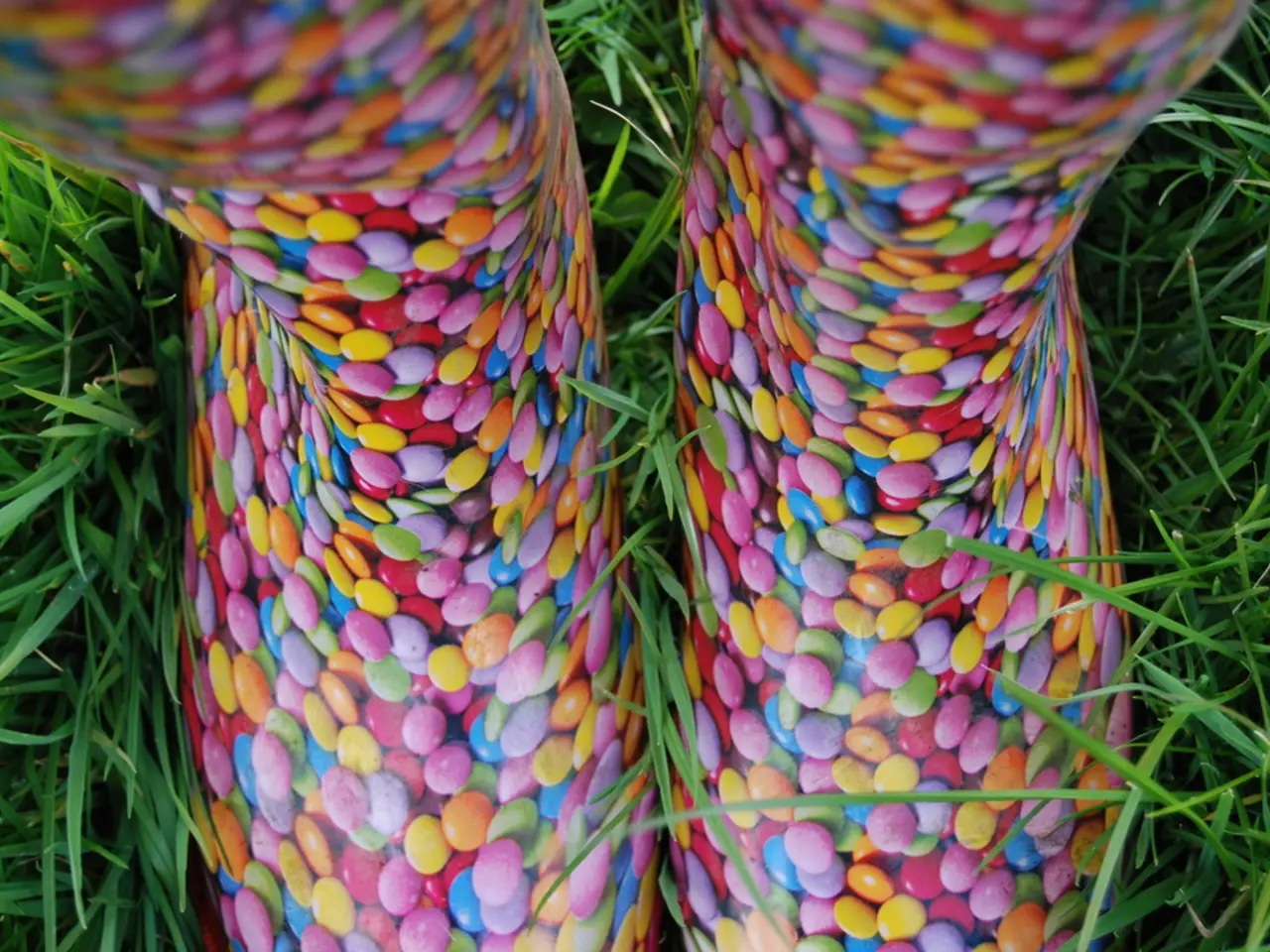Guide on Birthstones: Citrine for Individuals Born in November
Discover the Sunny World of Citrine: A Gemstone Radiating Warmth and Sunshine
Citrine, a vibrant and captivating gemstone, is a type of crystalline quartz that comes in various shades of yellow, ranging from pale buttercup to a stronger orangey or brown-tinged yellow. This radiant gemstone can be found in several worldwide locations, often overlapping with amethyst deposits, and is prized for its sunny appearance.
The characteristic yellow-to-orange color of citrine is caused by a trace of iron in its structure. This natural gemstone is primarily found in the Ural Mountains of Russia, Madagascar, Brazil, Uruguay, Scotland, and North Carolina, USA. Among these locations, Brazil stands out as one of the most important localities.
A unique multi-colored citrine variety, known as ametrine, is a natural combination of amethyst and citrine showing distinct zones of violet (amethyst) and yellow (citrine) colors. This variety displays striking zonal patterns that correspond to the growth regions of the crystal. The original sources of natural ametrine are primarily Bolivia, particularly from the Anahí mine, and also reported from Brazil, although the Bolivian deposits are more famous for this gem.
Citrine comes in several distinct color types: Yellow Citrine (lemon yellow), Golden Citrine (goldish yellow), Madeira Citrine (from golden orange to reddish-brown), Fire Citrine (a heat-treated variety with deep reddish-orange), and Palmeira Citrine (bright orange hue).
Some recent mineral-rich deposits, like those in Pakistan, have produced fine-quality citrine specimens with distinctive color contrasts and clean crystal forms, prized by collectors.
When worn in everyday life, care should be taken with natural citrine gemstones. It is believed that citrine holds the power of the sun and is said to counteract depression and fight phobias. Citrine is popular in the gem and jewellery trade, particularly in statement cocktail jewellery.
Citrine, like other quartz, is a 7 on the Mohs scale of hardness, making it resistant to scratches and abrasions but not entirely impervious. The Gem-A Gemstone & Mineral Collection contains rough citrine crystal specimens. Citrine can hold a high polish.
Inclusions in citrine are highly variable but mostly resemble those in amethyst, such as tiger stripes, straight color-zoning, incipient fractures, crystals, two-phase inclusions consisting of a liquid and a gas, or a solid crystal and a liquid. The surface of citrine may feature striations that run horizontally across the prism faces (if not polished).
A little-known fact is that much of the citrine offered on the market is often amethyst that has been heat-treated to promote a golden color. The iridescence in citrine can be due to fractures within the crystal.
Explore Gem-A's Short Courses and Workshops to start your gemmology journey. Despite quartz being one of the most abundant gem minerals in the Earth's crust, natural citrine can be difficult to find.
Citrine is a warm, bright, and occasionally overlooked gemstone, offering a touch of sunshine to any jewellery collection. Its unique characteristics and captivating colors make it a fascinating addition to the world of gemstones.
- For individuals interested in expanding their knowledge about gemstones, Gem-A offers Short Courses and Workshops that can help kickstart a journey into gemmology.
- In addition to its use in jewelry, citrine is also found in home-and-garden publications, showcasing its sunny and vibrant appearance that can add a touch of warmth to any space.
- As citrine is believed to hold the power of the sun, it is often incorporated in education-and-self-development programs that focus on lifestyle and well-being, helping to counteract depression and fight phobias.
- Beyond fashion-and-beauty, citrine is also a valuable resource in the home-and-garden sector, with its radiant colors and unique characteristics making it an interesting subject for publications and design workshops.




